Table of Contents
- Understanding Gaia Theory and Its Origins in James Lovelocks Work
- Exploring the Interconnectedness of Life and the Earth System
- The Implications of Gaia Theory on Environmental Sustainability
- Analyzing Critiques and Support of Lovelocks Perspective
- Practical Applications of Gaia Theory in Modern Science and Policy
- Q&A
- In Conclusion
Understanding Gaia Theory and Its Origins in James Lovelocks Work
The concept of Gaia emerged from the groundbreaking ideas of James Lovelock, an English scientist and environmentalist, who formulated the hypothesis that Earth functions as a self-regulating, complex system. At its core, Gaia Theory posits that living organisms and their inorganic surroundings interact dynamically to maintain conditions conducive for life. This notion casts the planet not merely as a collection of elements, but as a singular living entity where biological and environmental processes are interlinked. Lovelock’s early work in the 1960s, notably in atmospheric sciences and ecology, laid the foundation for this revolutionary perspective.
One of the pivotal contributions Lovelock made was the identification of feedback mechanisms that sustain life. Among these mechanisms are:
- Temperature Regulation: Oceanic and terrestrial ecosystems work together to create a stable climate.
- Atmospheric Composition: Biological processes like photosynthesis regulate carbon dioxide and oxygen levels.
- Soil Fertility: Organisms actively contribute to soil composition, promoting nutrient recycling.
These interactions form a delicate balance which not only supports myriad life forms but also engenders conditions necessary for their survival. Through his experiments and observations, notably the development of instruments to detect extraterrestrial life, Lovelock demonstrated profound insights into how Earth’s systems function collectively.
Lovelock’s theoretical framework was initially met with skepticism, as it defied traditional views that separated living organisms from their environment. However, the interdisciplinary nature of Gaia Theory has garnered increasing attention and validation over the decades, leading to rich fields of study in ecology, climate science, and systems theory. Its influence is evident in various environmental movements that emphasize the interconnectedness of life and the urgent need for sustainable practices. As researchers continue to explore the implications of Gaia Theory, Lovelock’s vision of Earth as a holistic organism persists in shaping our understanding of global ecological health.
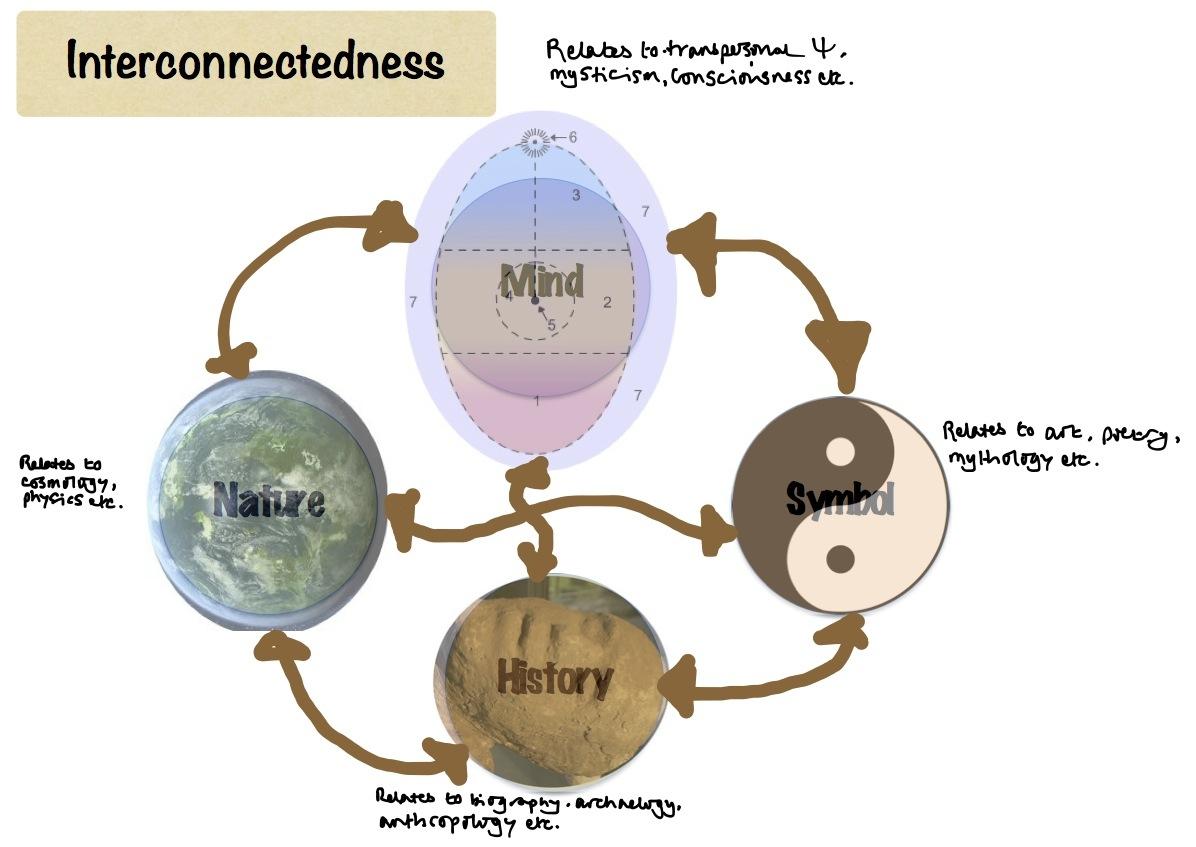
Exploring the Interconnectedness of Life and the Earth System
The intricate balance of life on Earth is not merely a product of chance; rather, it emerges from a complex web of interactions within the biosphere. Central to this idea is the concept that living organisms, geological formations, and climatic conditions all work together in a dynamic equilibrium. This interconnectedness highlights that changes in one element of the system can lead to cascading effects throughout the entire planet. For example, the loss of a single species can disrupt food webs, alter soil chemistry, and lead to the collapse of entire ecosystems.
Within the framework of Gaia theory, proposed by James Lovelock, Earth is viewed as a living entity—an interconnected system that can maintain conditions conducive to life. This perspective shifts the focus from isolated components of the biosphere to the understanding that every interaction has broader implications. For instance, photosynthesis by plants not only produces oxygen but also influences climate patterns through carbon dioxide absorption. In this light, the health of our planet is fundamentally tied to the health of its biological inhabitants, creating a feedback loop that fosters resilience or precipitates decline.
To illustrate the profound interdependence of life and the Earth system, consider the following relationship dynamics:
| Element | Relationship | Impact |
|---|---|---|
| Forests | Carbon Sink | Regulate climate by absorbing CO2 |
| Oceans | Temperature Buffer | Stabilize global temperatures and support biodiversity |
| Microorganisms | Nutrient Cycling | Decompose organic matter, enriching soils |
Understanding these relationships emphasizes that our interventions—whether through conservation efforts or technological advancements—must acknowledge the delicate tapestry of life on Earth. The choices we make can either foster this interconnected system or fracture it. As we stride towards sustainability, recognizing the symbiotic nature of our planet may lead to innovative solutions that not only benefit humanity but preserve the intricate web of life that sustains us all.

The Implications of Gaia Theory on Environmental Sustainability
The Gaia Theory, proposed by James Lovelock, introduces the concept of Earth as a self-regulating system where living organisms interact with their inorganic surroundings to maintain conditions conducive to life. This perspective has far-reaching implications for environmental sustainability. By viewing ecosystems as interconnected webs, it emphasizes the importance of biodiversity and ecological balance. When species disappear, or environmental changes occur, the stability of the entire system can be compromised, creating a cascading effect that impacts all life forms.
One of the critical elements of the Gaia Theory is the idea that human activities have a profound impact on the planet’s homeostasis. With rising concerns over climate change and environmental degradation, it’s essential to recognize our role within this system. As stewards of the Earth, we can harness the principles derived from Gaia Theory to develop more sustainable practices. Some strategies include:
- Conservation of Biodiversity: Protecting various species ensures robust ecosystems that can adapt to changes.
- Regenerative Agriculture: Sustainable farming practices that restore soil health and reduce carbon emissions.
- Renewable Energy Sources: Minimizing reliance on fossil fuels and shifting towards solar, wind, and hydroelectric power.
Moreover, the Gaia Theory suggests a profound shift in our ethical framework regarding nature. Instead of viewing the environment merely as a resource, we are encouraged to see it as a complex system where every action has consequences. This philosophical pivot can promote a more harmonious relationship with our planet, fostering a culture of sustainability not just in policy but in daily practices. By integrating these ideals into education, community planning, and corporate responsibility, we can work collectively towards a sustainable future that honors the delicate balance of Earth’s biosphere.

Analyzing Critiques and Support of Lovelocks Perspective
James Lovelock’s perspective on Gaia theory has sparked a robust discourse among scientists, environmentalists, and philosophers alike. Critics often argue that the theory lacks empirical support, claiming that it tends to anthropomorphize the Earth, portraying it as a self-regulating entity with a conscious intent. This view, they contend, can overshadow the complex interactions driven by natural processes. Additionally, some scientists worry that presenting Gaia as a stabilizing force could encourage complacency regarding human-induced environmental issues, diverting attention from the urgent need for sustainable practices.
Conversely, numerous proponents advocate for Lovelock’s vision, emphasizing its holistic approach to understanding the Earth as a unified system. They argue that Gaia theory provides a profound framework for comprehending interdependencies within ecosystems, highlighting how various life forms contribute to maintaining ecological balance. Supporters further assert that it challenges us to reconsider our relationship with nature, urging a shift from exploitative practices to an ethos of stewardship. The metaphorical view of Earth as a ‘living system’ has been influential in stirring public awareness and promoting ecological consciousness.
| Points of Critique | Supportive Arguments |
|---|---|
| Lack of empirical evidence | Holistic understanding of ecosystems |
| Potential for anthropomorphism | Encourages ecological consciousness |
| Complacency regarding environmental issues | Reframes our relationship with nature |
Lovelock’s perspective continues to evoke a spectrum of responses, from skepticism to enthusiastic support. This ongoing dialogue reflects not only the complexities of ecological science but also humanity’s evolving relationship with the planet. Engaging with these critiques and praises contributes to a richer understanding of the challenges we face in terms of biodiversity, climate change, and sustainability.
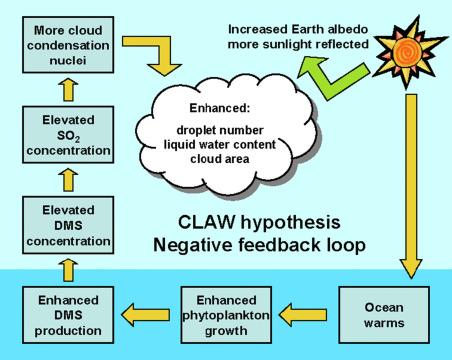
Practical Applications of Gaia Theory in Modern Science and Policy
The Gaia Theory, proposed by James Lovelock, has inspired a range of practical applications in both scientific research and public policy. By viewing the Earth as a self-regulating organism, this perspective encourages interdisciplinary collaborations that address complex environmental issues. Scientists are now using the concepts derived from Gaia Theory to foster innovative approaches in areas such as climate change mitigation, biodiversity conservation, and the sustainable management of natural resources. For instance, researchers are developing models that assess the interconnectedness of ecosystems and human interactions, helping to predict the environmental impact of various policies before they are implemented.
In the realm of public policy, integration of Gaia Theory has led to the promotion of sustainable practices at local and global levels. Policymakers are drawing upon Lovelock’s insights to create frameworks that prioritize environmental health as part of economic planning. This shift is evident in initiatives such as:
- Carbon Pricing: Implementing taxes or cap-and-trade systems that hold businesses accountable for carbon emissions.
- Regenerative Agriculture: Encouraging farming methods that restore ecosystem health, enhance biodiversity, and increase carbon sequestration.
- Urban Resilience Planning: Designing cities that incorporate green infrastructure, improve air quality, and promote the well-being of residents.
Moreover, educational programs based on Gaia Theory are reshaping how future generations perceive their relationship with the environment. By instilling a sense of stewardship and interconnectedness, institutions are fostering a culture that values ecological balance. Schools and universities are embarking on interdisciplinary curricula that blend science, philosophy, and ethics, empowering students to think critically about their role in promoting planetary health. This educational pivot not only supports the development of future leaders but also encourages community engagement through grassroots movements focused on environmental sustainability.
Q&A
Q&A: Understanding Gaia Theory and Its Origins from James Lovelock
Q1: What is Gaia Theory, and who is James Lovelock?
A: Gaia Theory is the concept that proposes Earth and its biological systems behave as a single, self-regulating entity. Named after the Greek goddess Gaia, this theory suggests that living organisms interact with their inorganic surroundings to maintain conditions conducive to life. James Lovelock, a British scientist, originated this theory in the 1970s, proposing that life on Earth is intricately linked with the planet’s environment.Q2: Why is Gaia Theory significant in today’s environmental discussions?
A: Gaia Theory is particularly significant in today’s discourse on climate change and environmental sustainability. It challenges the view of organisms as separate entities from their environment and emphasizes the interconnectedness of life, ecosystems, and atmospheric conditions. By understanding these connections, we can better address global environmental challenges and work toward solutions that promote ecological balance.Q3: Where can I find a comprehensive PDF of James Lovelock’s work on Gaia Theory?
A: A PDF version of James Lovelock’s original works and essays on Gaia Theory can often be found through various academic databases, library resources, or purchasable e-book platforms. Look for reputable sites like Google Scholar, academic publishers, or libraries that might provide access to Lovelock’s foundational texts, such as “Gaia: A New Look at Life on Earth.”Q4: What are some key principles outlined in the Gaia Theory?
A: Key principles of Gaia Theory include:- Self-regulation: Biological and inorganic processes work together to maintain conditions suitable for life.
- Interdependence: Organisms influence their environment, which, in turn, affects their survival and evolution.
- Feedback loops: Changes in one part of the system can lead to feedback effects that stabilize or destabilize the environment.
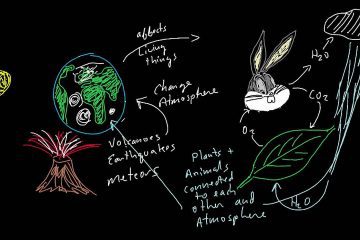
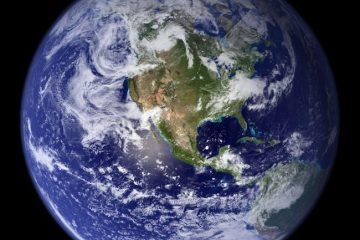
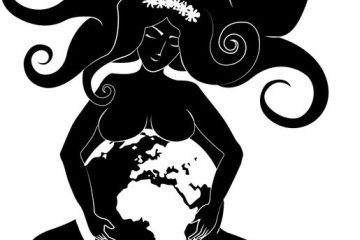
0 Comments